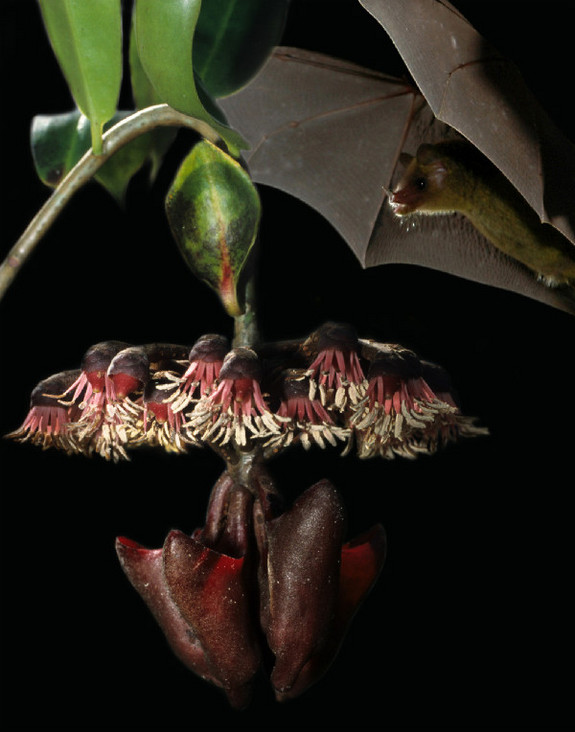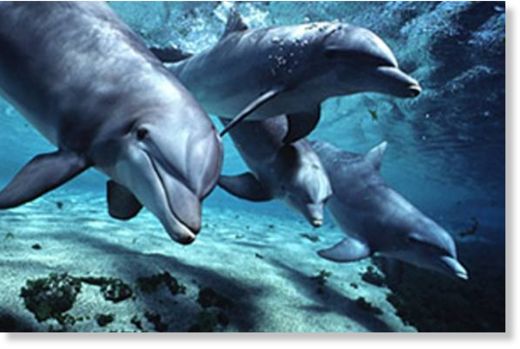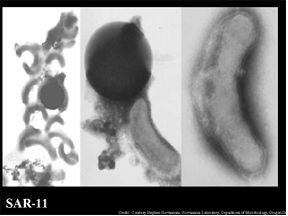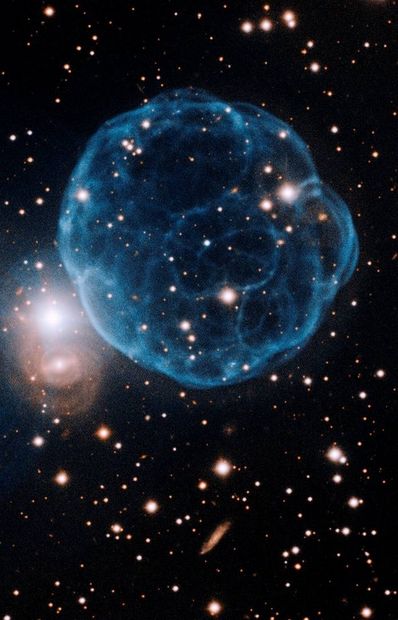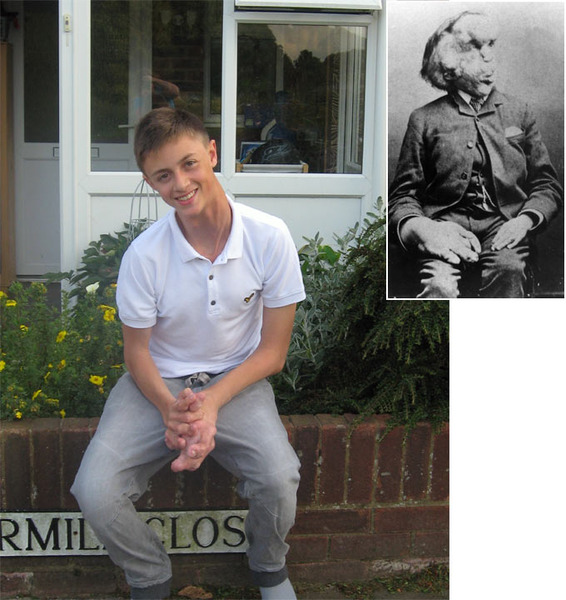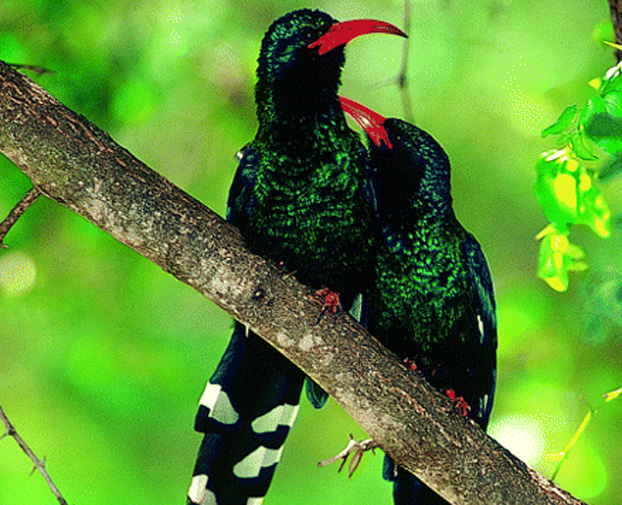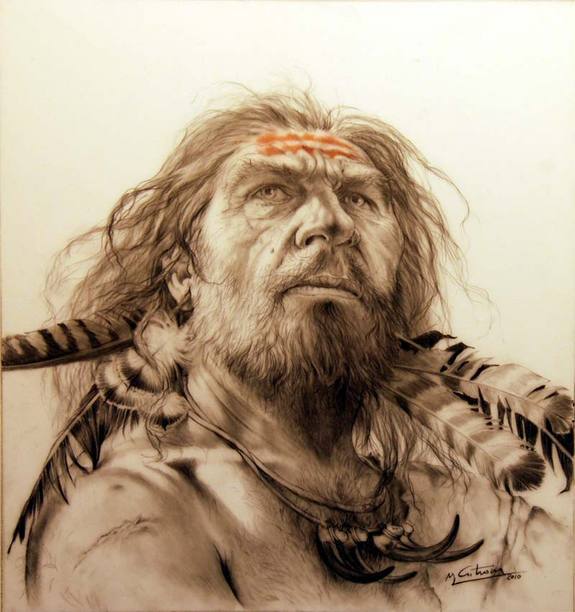
Territory wars, superior brain power, better tools, changing climate - many reasons have been suggested as to how humans won out over Neanderthals in Europe, but new research is suggesting that pure population power may have been the key.
"All kinds of theories have been put forward in the past, but what we've wanted to do, is to make some kind of estimate of the relative numbers of late Neanderthals compared to modern humans," study researcher Paul Mellars, of Cambridge University in the United Kingdom, told LiveScience. "We suspected modern humans came in much greater population numbers, the Neanderthals were just swamped by much larger numbers."
From examining the sites inhabited by humans and Neanderthals in what is now southern France, Mellars found that humans eventually outnumbered the Neanderthals by about 10 to one. "Nobody has ever analyzed the data, this is the first time it's been analyzed," Mellars said. "It staggered me when I discovered the scale of the contrast."
While researchers not involved in the study think the idea is credible, they point out that population increases may not have been the only factor involved in the Neanderthals' demise; in addition, the study only provides evidence for the die-out in France, leaving the question of how other Neanderthals were wiped out open.
